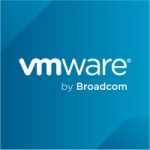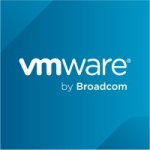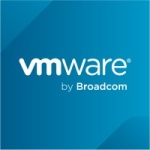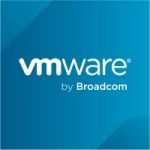What is most valuable?
The analytics and sizing are the most valuable features. We saved over a 1000 virtual CPUs, a few terabytes of storage and memory.
I can actually do the historics on any VM that's being used so we can refuse architects that want to throw too much memory or CPU at something. We can do recommended sizing.
For example, they put the SAP Hana environment in, and they sized it to the moon. They kept throwing more and more resources on it; ate up the majority of one of our FlexPods. We proved them wrong and dialed it down.
How has it helped my organization?
A lot of our different tools actually hook into it; they have APIs that actually launch into it. We'll use some Blue Medora or we're going to be putting in a couple bits such as that.
We use UCS for OnCommand Unified Manager, and it has an API that hooks into it. We're installing Log Insight, and then we're also going to be putting in NetApp OnCommand Insight. That's got to hook in there too. All these different products, they always have their own little dashboards. I hate that. I want one, and that's what vROps does.
While we haven’t saved on storage, because of the over-allocation issue I mention elsewhere – we're not going to get two different views – we did save a ton on CPU and memory.
With regards to performance management, over-allocating VMs actually hurts their performance, their computing wait times, so once we started tuning that in, it got a lot better.
What needs improvement?
I want it to have a better view in the thin provisioning. Right now, it shows us what is over-allocated in all of our graphs. That's great, we need to add more, but I don't want to look at red lines every time I log in; makes me think that we have huge issues, not that we just need to add a rack or a shelf. We're using a hyper-converged infrastructure with FlexBots. I'd like a little bit more granularity there, maybe break it into two different views: one would say that we're over-allocated, and the other one would say, "This is how much disk you currently have remaining." It would show the aggregates, because right now it doesn't; basically two lines: what are you using and what's left.
What do I think about the stability of the solution?
It gets a little bit kludgy – slow, sluggish, takes a while – when it gets bigger. We've got a bunch of dashboards that show problem VMs; a lot of different metrics. Those take a while to spin up the more that we expose into it. The database can get a little unwieldy after a while. It is in a lot of infrastructure.
The bigger it gets, the slower it moves.
What do I think about the scalability of the solution?
I think once you start tuning your environment, scalability will get better, but in the beginning, when you just try to throw as much into it as you can so you can see what you have, it can appear as if it's not working as well as it should.
How are customer service and technical support?
We have a Business Critical Support with VMware. I think it's pretty good. In our circumstances – we're currently outsourced, I work with an energy company – our contract only allows the non-international folks to use it, so our folks in India have some difficulties. When we have a problem, if we engage them correctly, it usually gets driven pretty well.
Which solution did I use previously and why did I switch?
When we came in, we went to VMworld in 2015 and we got sold on the idea. We came in and we had no way to do really good reporting on any of our environment; we had 25 years with IBM. It kind of got really hard to get your arms around and figure out what all you had. This gives us an inventory, and when our outsource partner comes back and says, "We don't know what's wrong," we can just go on the console and say, "Well, this is what's wrong." It helped us all be held accountable.
Actually, we wanted the SDDC, and VMware had it, and then we got the whole vRealize Suite. It's pretty good.
How was the initial setup?
Initial setup was complex. We have a very old environment, so there were a lot of issues – mainly our issues, not the tool itself – getting access to service accounts, the infrastructure stood up, and all of that. We needed a project manager from VMware and a project manager from our company to basically work together and it still took a long damn time; a month.
What other advice do I have?
If you don't have it, you need something like it, so you get more out of your infrastructure, because you waste so much in most companies. Everyone always gives resources, no one ever takes them back and looks at that. There's no reclamation, so you waste resources all day.
No other product basically gives you an eyes-on-glass that says, "You're wasting a 1000 CPUs." Or 700, or whatever.
Disclosure: My company does not have a business relationship with this vendor other than being a customer.

















